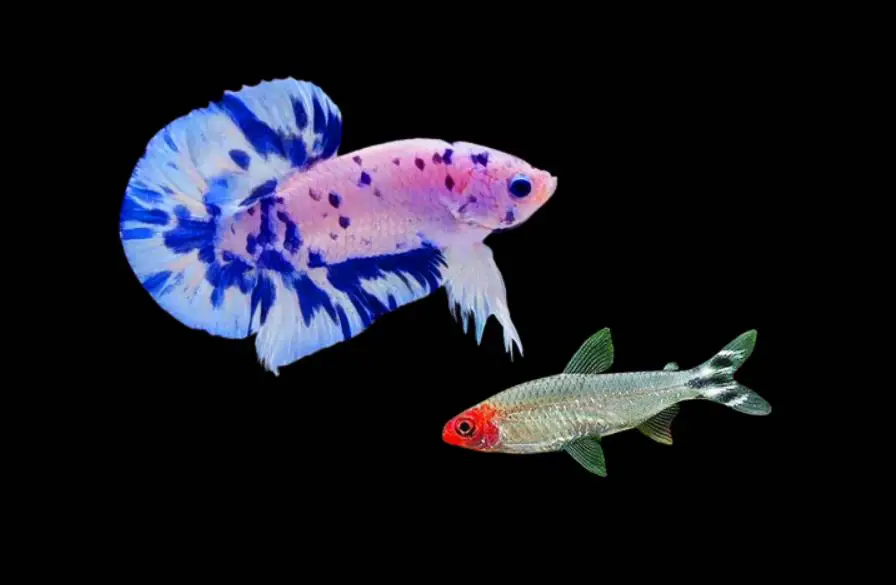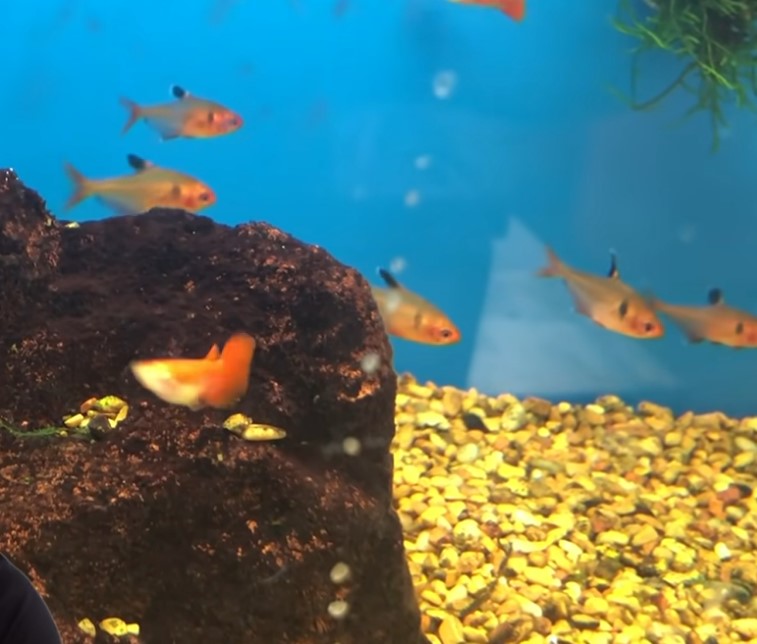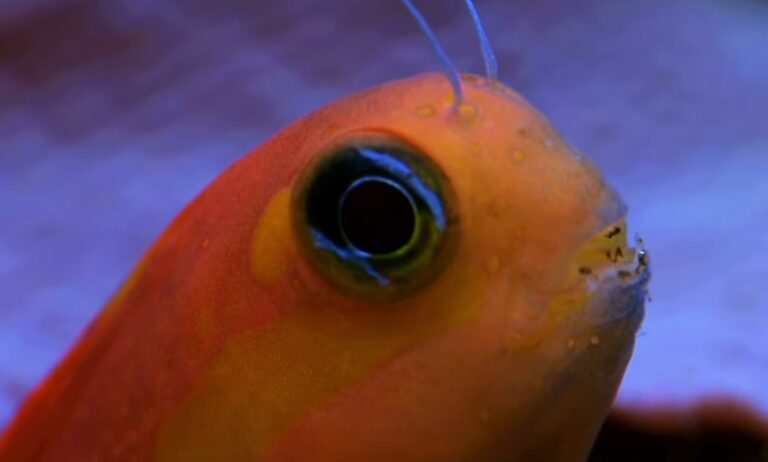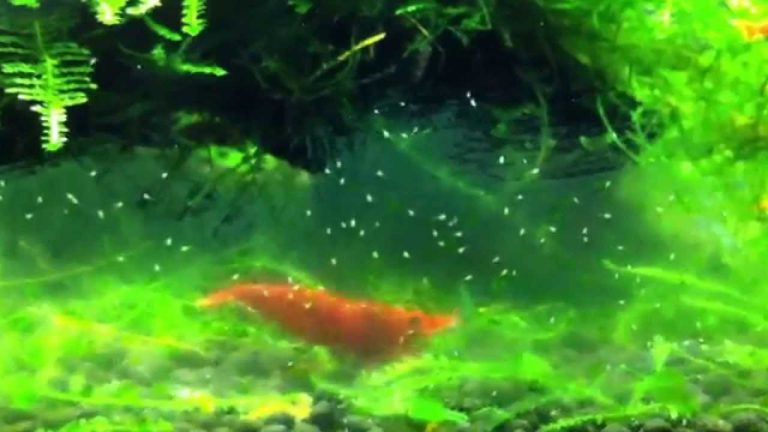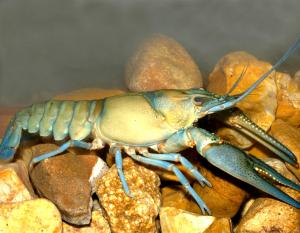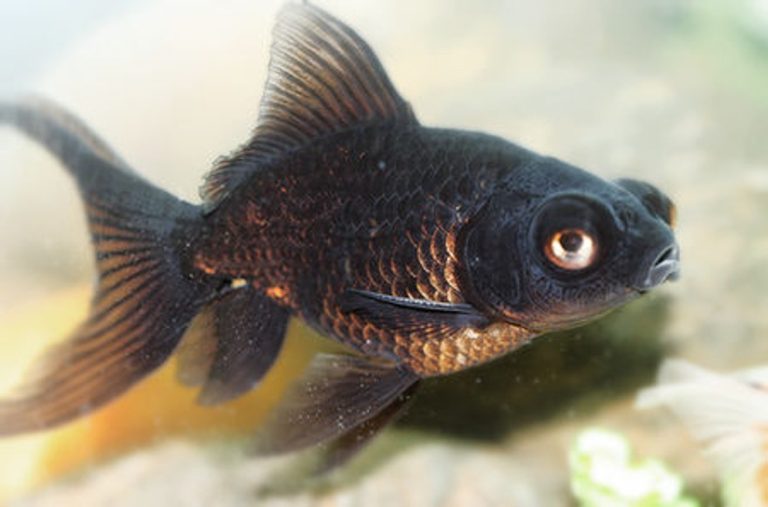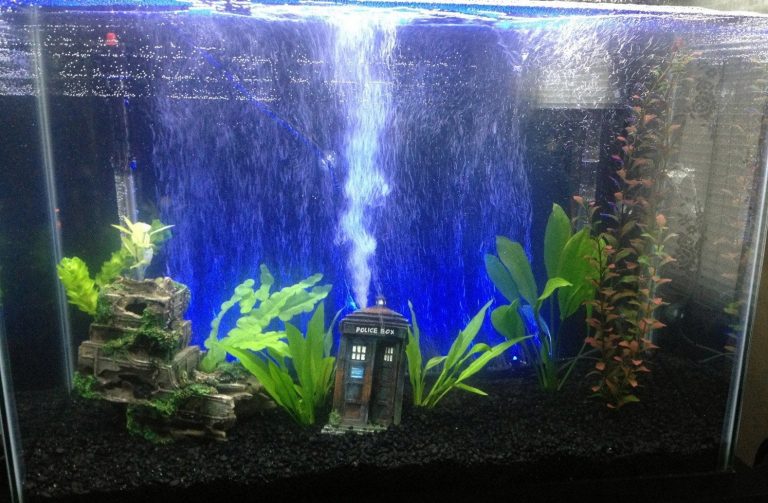Can Rummy Nose Tetra Live With Betta Fish
Can Rummy Nose Tetra Live with Betta Fish?
**Yes, Rummy Nose Tetras can live with Betta fish, but there are certain considerations and precautions that need to be taken.**
Rummy Nose Tetras (Hemigrammus bleheri) are a popular choice among aquarium enthusiasts. Known for their vibrant colors and active nature, they can make a great addition to a community tank. Betta fish (Betta splendens), on the other hand, are known for their beauty and unique personalities. They are often kept alone in their own tanks due to their aggressive nature, particularly towards other male Betta fish.
However, with careful planning and attention to compatibility, it is possible to create a harmonious tank environment where Rummy Nose Tetras and Betta fish can coexist. This article will explore the factors to consider when housing these two species together and provide tips for a successful setup.
Tank Size and Setup
The first step in successful cohabitation is to provide an appropriate tank setup. Both Rummy Nose Tetras and Betta fish thrive in a well-maintained aquarium with plenty of hiding spots, swimming space, and suitable water conditions.
Tank Size
It is crucial to have a tank spacious enough to accommodate the needs of both species. A minimum tank size of 20 gallons is recommended to provide enough territory for the Betta fish and schooling space for the Rummy Nose Tetras. The larger the tank, the better it is for the overall water quality and the comfort of the fish.
Water Parameters
Rummy Nose Tetras and Betta fish have slightly different water parameter requirements. Rummy Nose Tetras prefer softer and slightly acidic water, with a pH level between 6.0 and 7.0, and a temperature range of 78-82°F (25-28°C). Betta fish, on the other hand, can tolerate a wider range of pH levels but prefer slightly acidic to neutral water with a pH level between 6.5 and 7.5, and a temperature range of 76-82°F (24-28°C).
Aquascape and Hiding Spots
Creating a natural aquascape with plenty of plants, rocks, and driftwood will help create hiding spots and break the line of sight between the fish. This will reduce stress and aggression. Dense vegetation, such as floating plants and dense bunches of Java moss, will provide shelter for the Rummy Nose Tetras and help diffuse the Betta’s territorial aggression.
Compatibility and Behavior
Understanding the behavior of both Rummy Nose Tetras and Betta fish is crucial to ensure a peaceful cohabitation.
Rummy Nose Tetras
Rummy Nose Tetras are peaceful and social fish that thrive in groups of 6 or more. They are known for their shoaling behavior and are most comfortable when surrounded by their own kind. When kept in small groups or alone, they may become stressed and display abnormal behavior. Keeping a larger group of Rummy Nose Tetras will help them feel secure and reduce their stress levels.
Betta Fish
Betta fish, while stunningly beautiful, have a reputation for aggression, particularly towards other male Betta fish. They have long, flowing fins and are highly territorial. Male Bettas are especially prone to aggression and may attack other fish, mistaking them for rival males.
It is important to note that not all Betta fish display aggressive behavior towards other species. Some individuals may be more docile or have been selectively bred for reduced aggression. However, it is always safest to assume that your Betta has the potential for aggression and plan accordingly.
Introducing Rummy Nose Tetras to Betta Fish
When introducing Rummy Nose Tetras to an established Betta tank, it is crucial to take measures to reduce stress and minimize potential aggression. Here are some steps to follow:
1. Acclimate the Rummy Nose Tetras: Float the bag containing the Tetras in the aquarium for about 20 minutes to equalize the temperature. Open the bag and add small amounts of aquarium water to it gradually over another 15 minutes. This process will help the fish acclimate to the new water conditions.
2. Dim the Lights: Dimming the lights in the tank will help reduce stress for both the Betta fish and the Tetras during the introduction period.
3. Add Tetras First: When adding the Rummy Nose Tetras to the tank, it is best to do so before introducing the Betta. This way, the Tetras can establish their territory and become acclimated to the tank environment before the Betta’s arrival.
4. Monitor Behavior: Keep a close eye on the tank to observe any signs of aggression or stress. If the Betta fish becomes too aggressive or if the Tetras show signs of constant stress, it may be necessary to separate them.
Frequently Asked Questions
Can I keep a male Betta with female Rummy Nose Tetras?
While male Bettas are generally more aggressive and tend to attack other fish with long flowing fins, female Bettas are usually less aggressive. Keeping a female Betta with female Rummy Nose Tetras is a possible option, but it is important to monitor their behavior closely. If any aggression or stress is observed, it may be necessary to separate them.
Can I keep multiple male Betta fish with Rummy Nose Tetras?
Keeping multiple male Bettas together is generally not recommended, regardless of whether Rummy Nose Tetras are present or not. Male Bettas have a high tendency to fight and establish dominance. Therefore, it is best to house each male Betta in a separate tank.
What other fish can be kept with Rummy Nose Tetras and Betta fish?
Aside from Betta fish, Rummy Nose Tetras can cohabitate with a wide range of peaceful community fish. Some compatible tankmates include small tetras (such as Neon Tetras and Ember Tetras), Corydoras catfish, small rasboras, and peaceful bottom-dwelling fish like Otocinclus catfish.
Final Thoughts
While Rummy Nose Tetras and Betta fish can live together, it is important to carefully consider the tank setup, water parameters, and the behavior of both species. Providing ample swimming space, hiding spots, and monitoring their behavior closely will help ensure a harmonious and peaceful aquarium. Remember to always prioritize the well-being and comfort of the fish, and be prepared to make adjustments or separate them if necessary.
